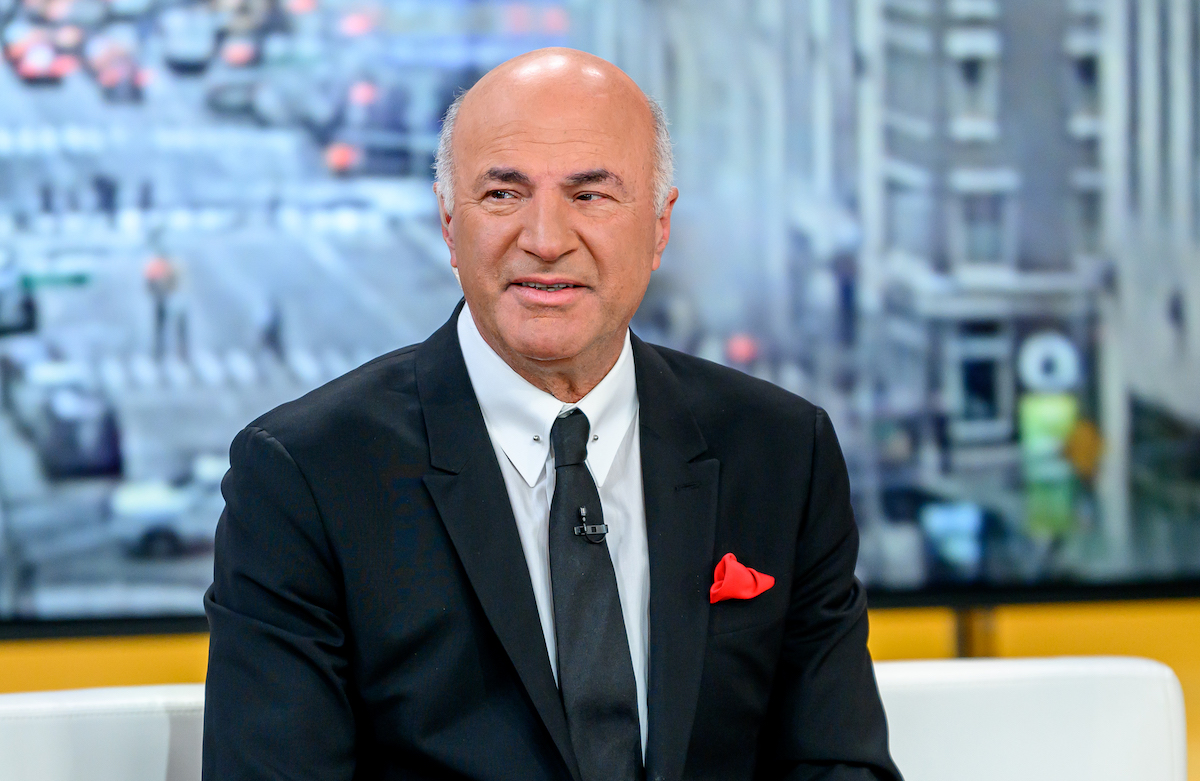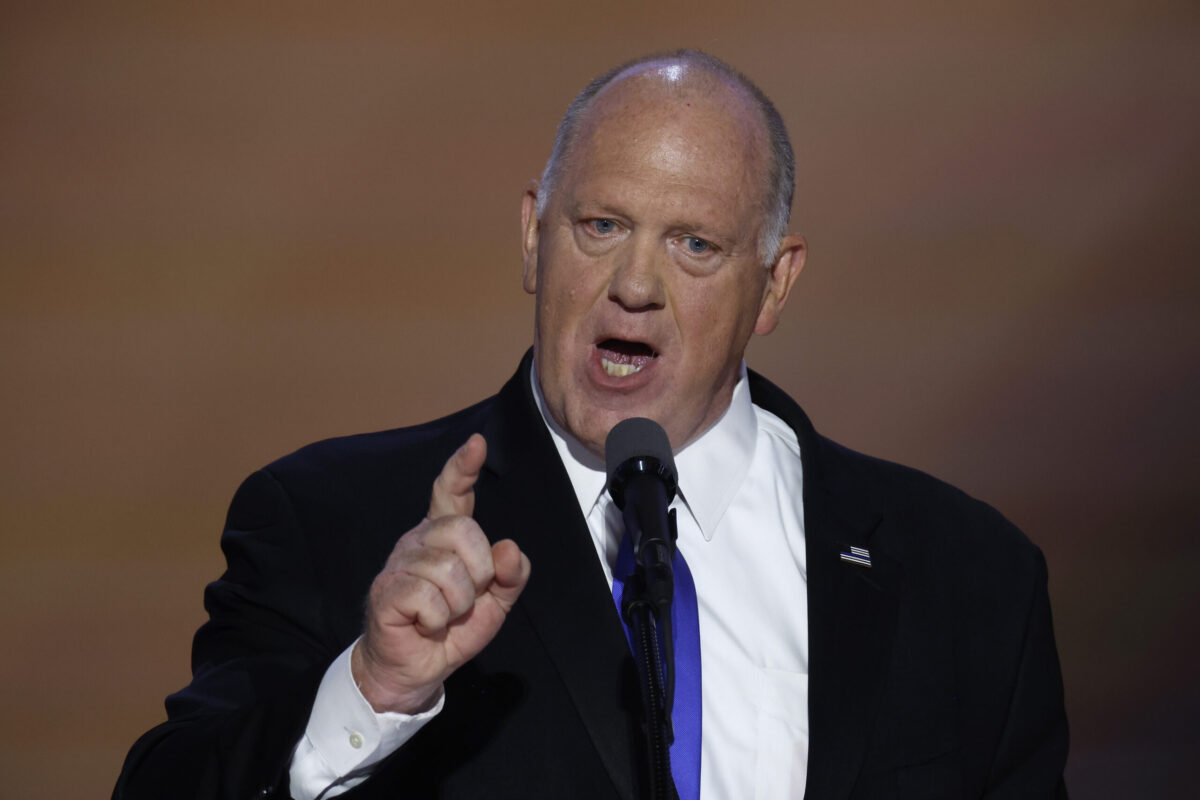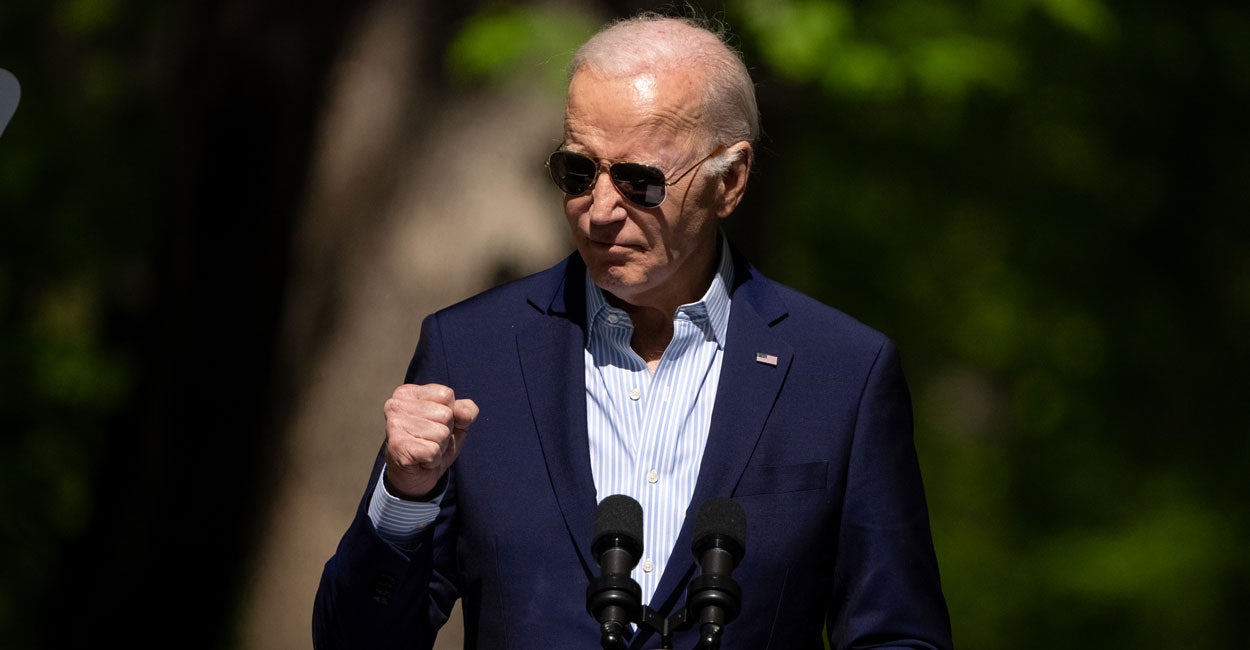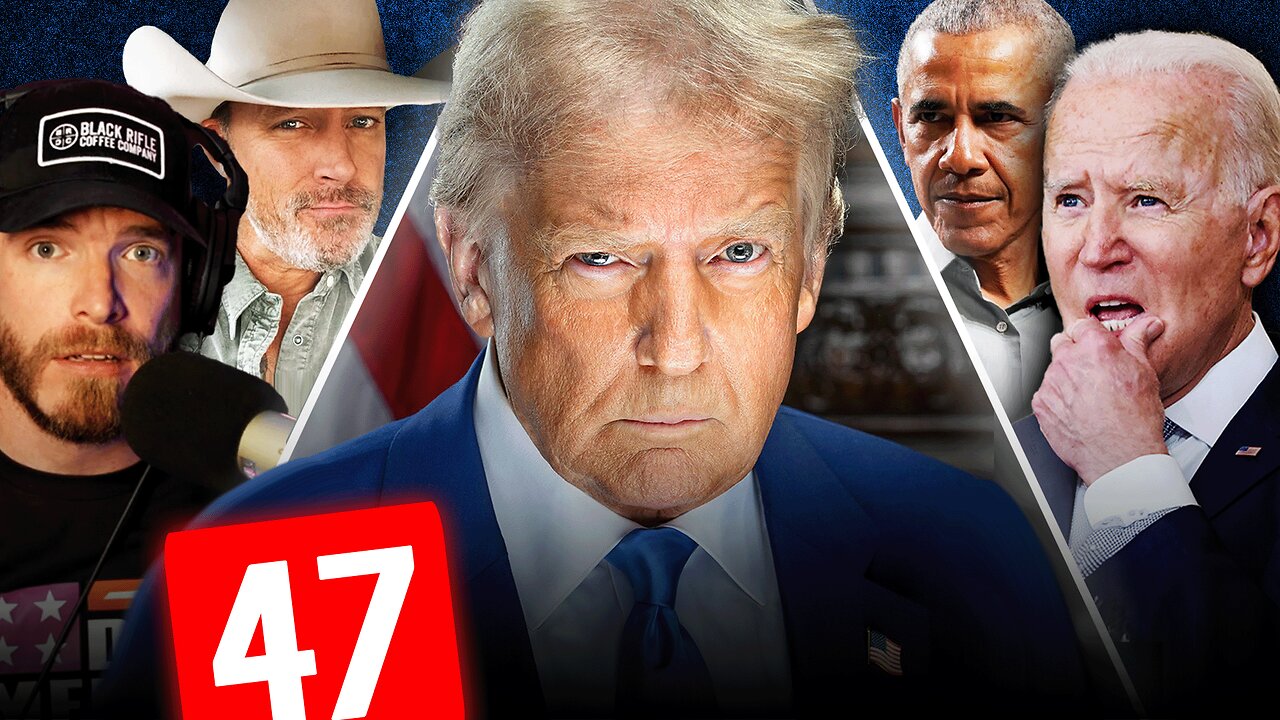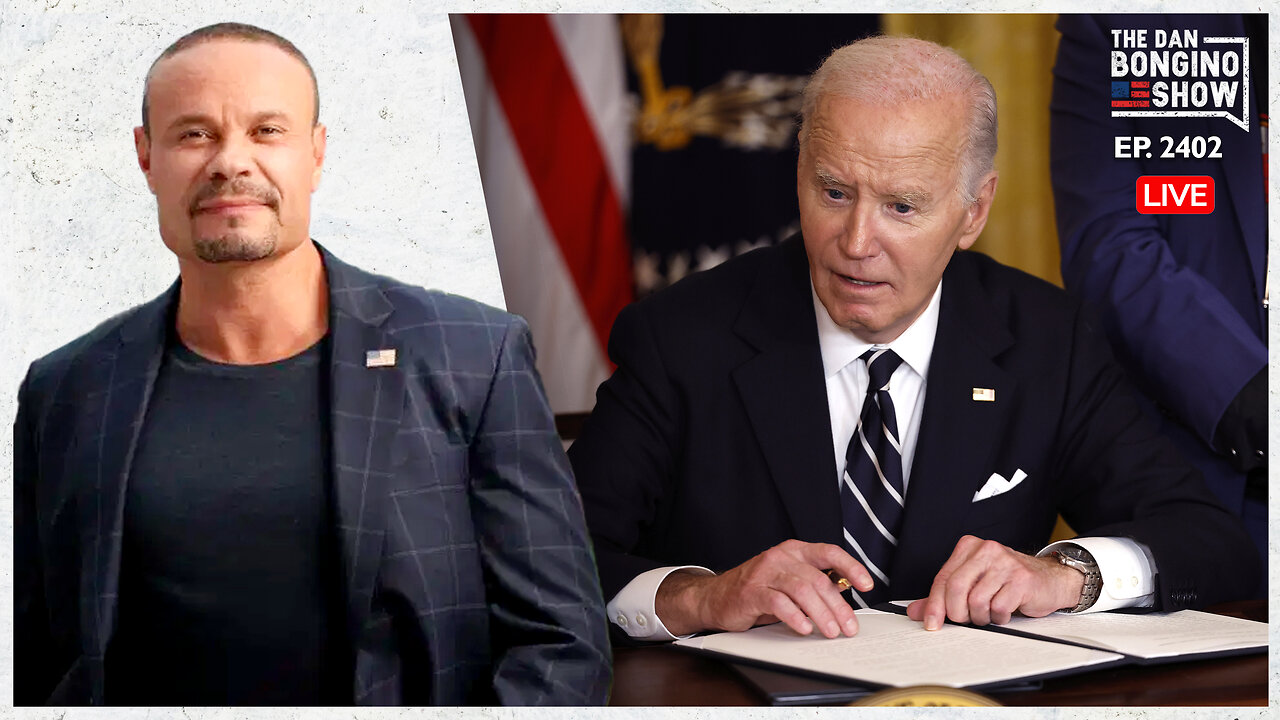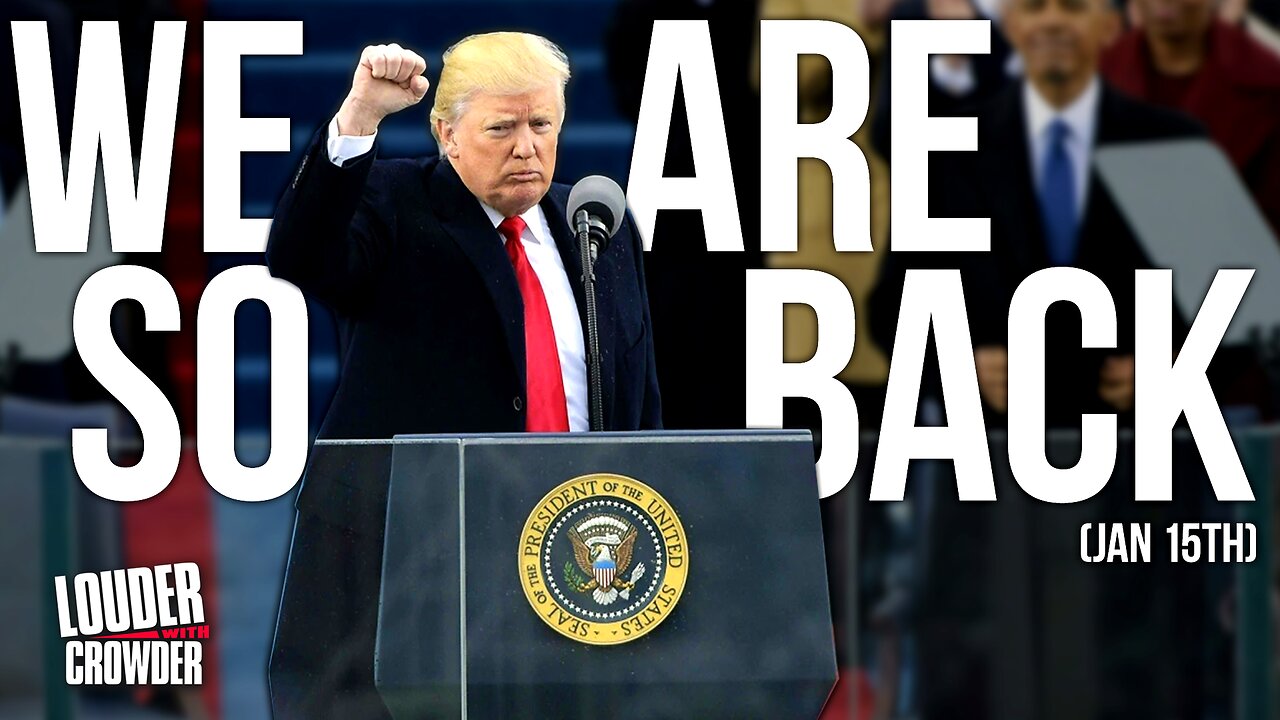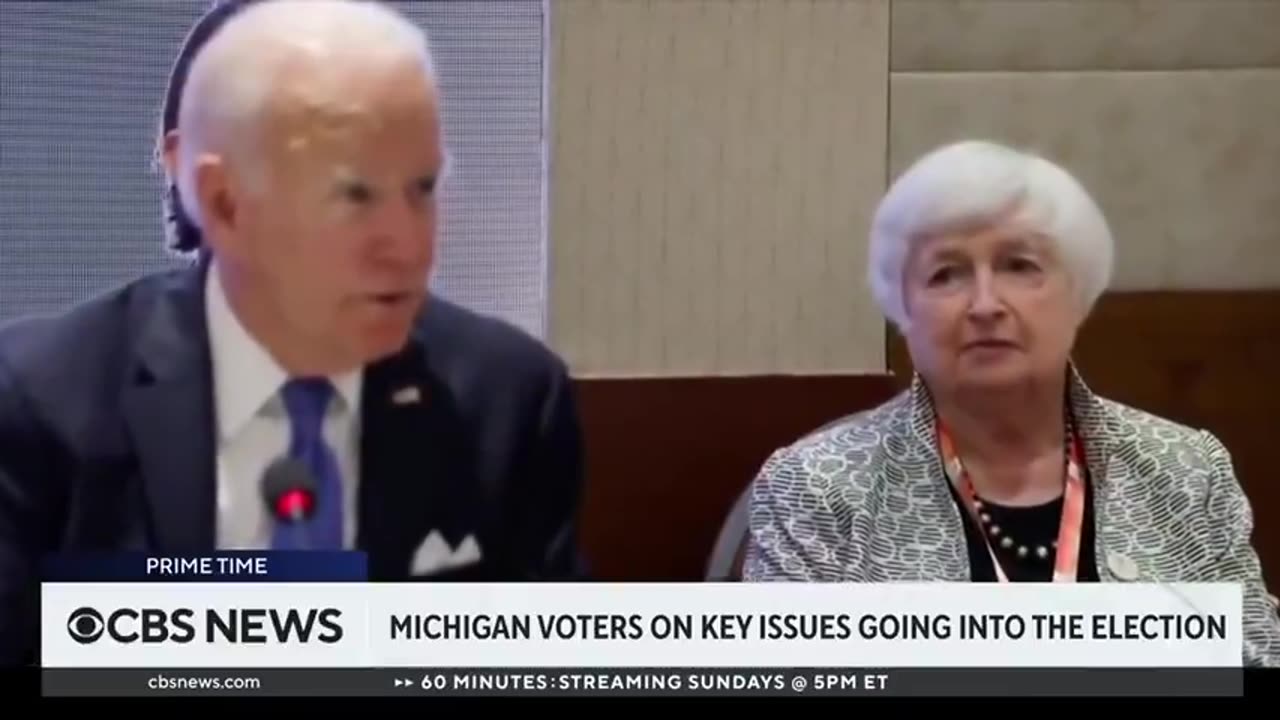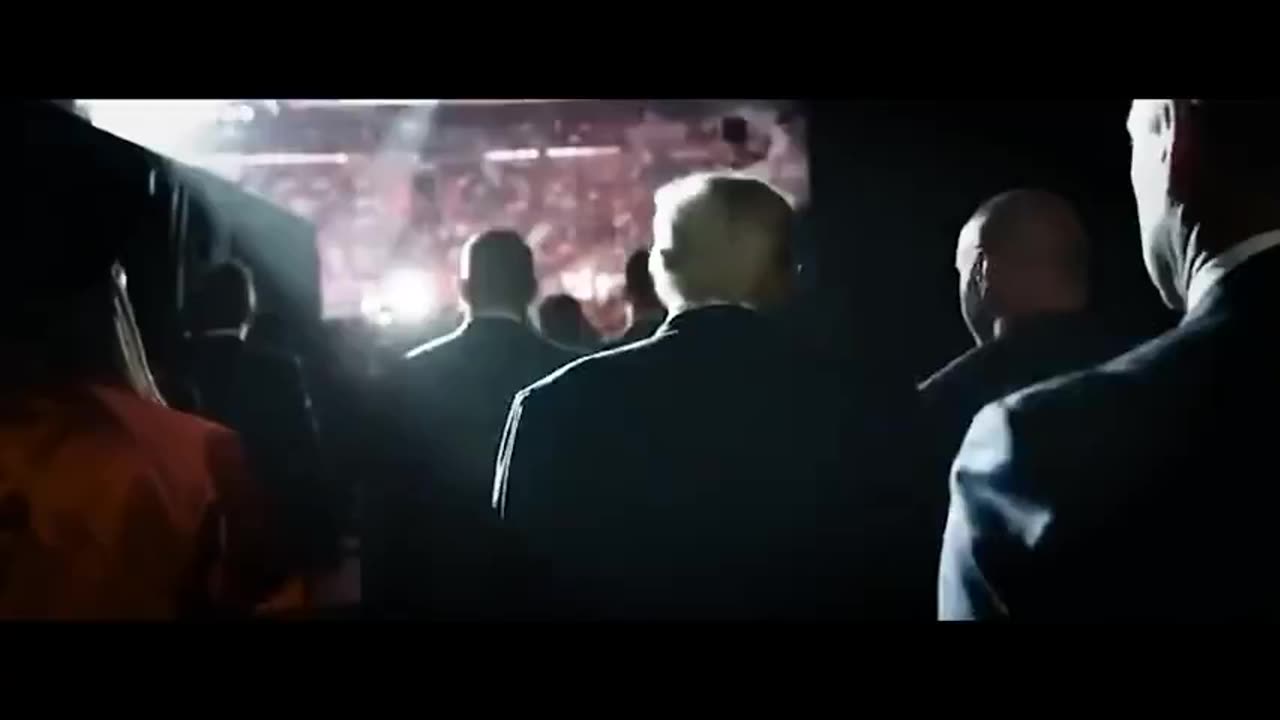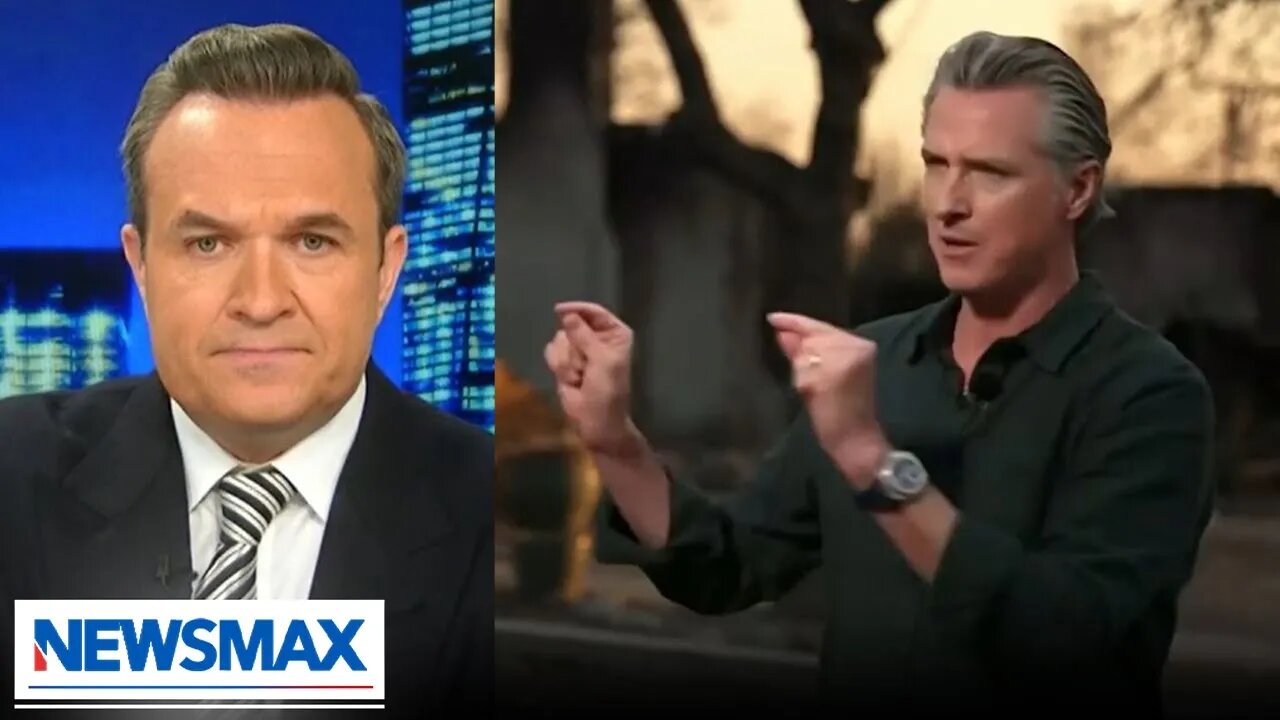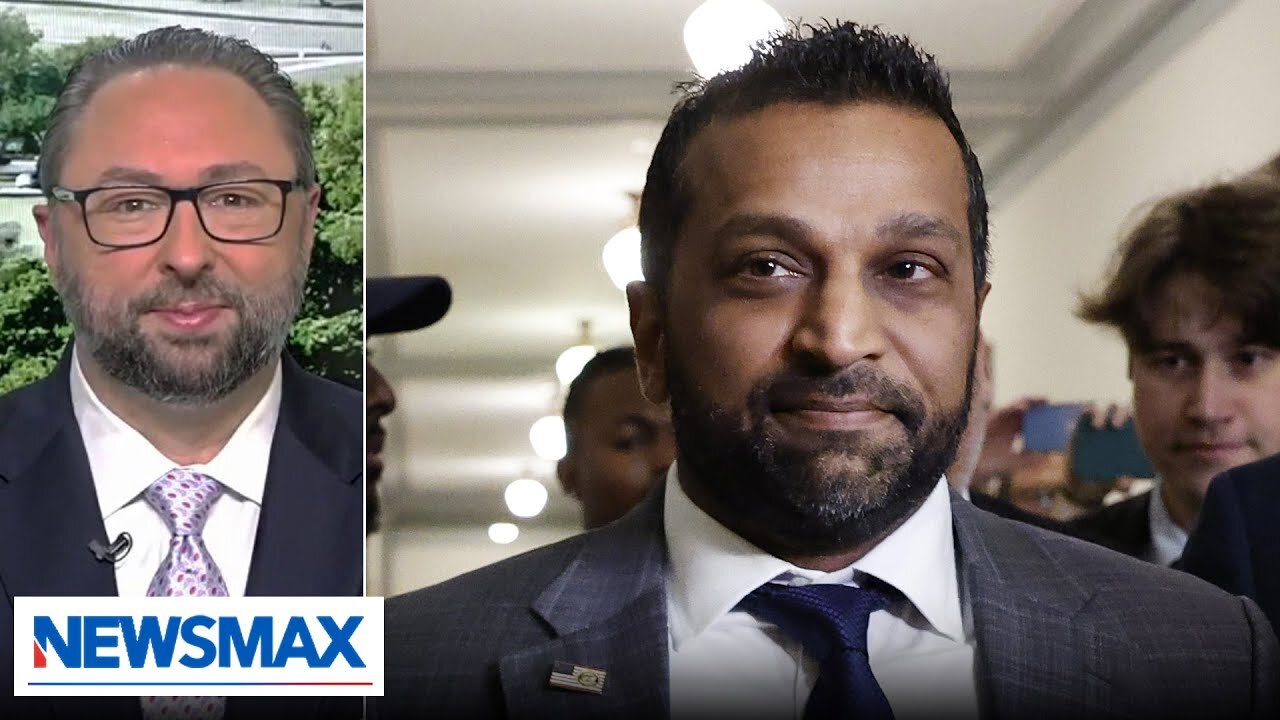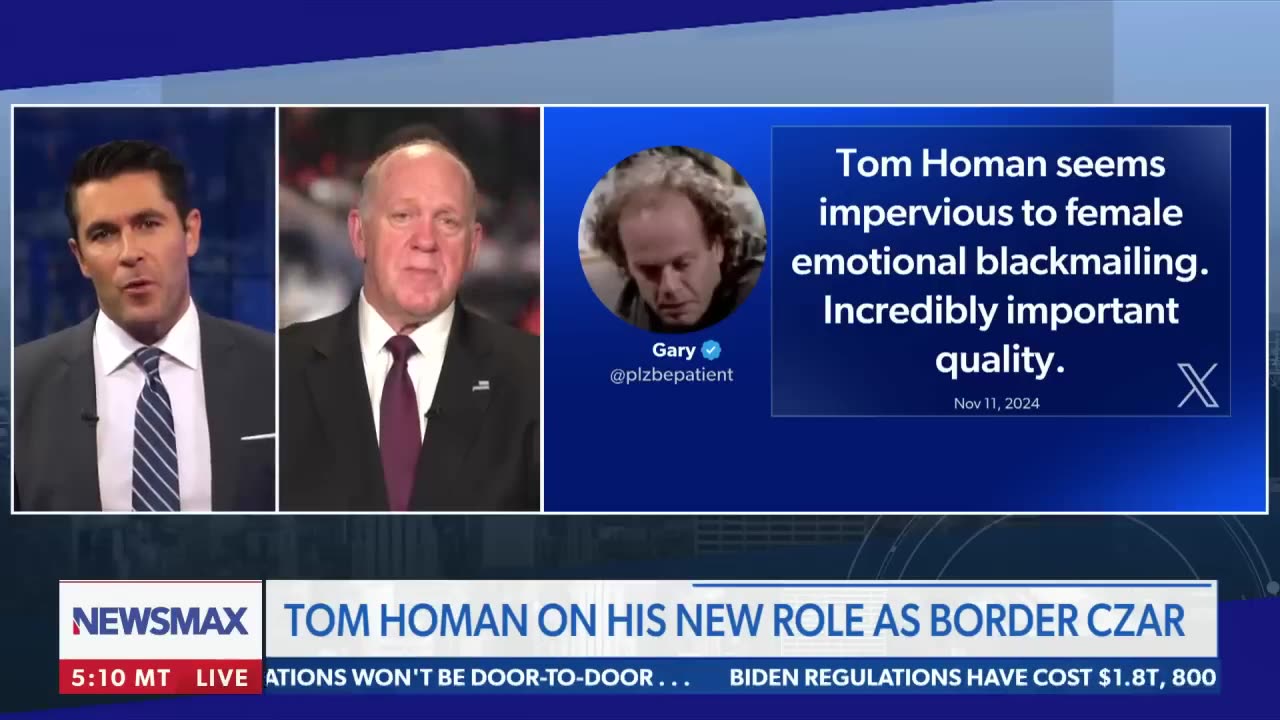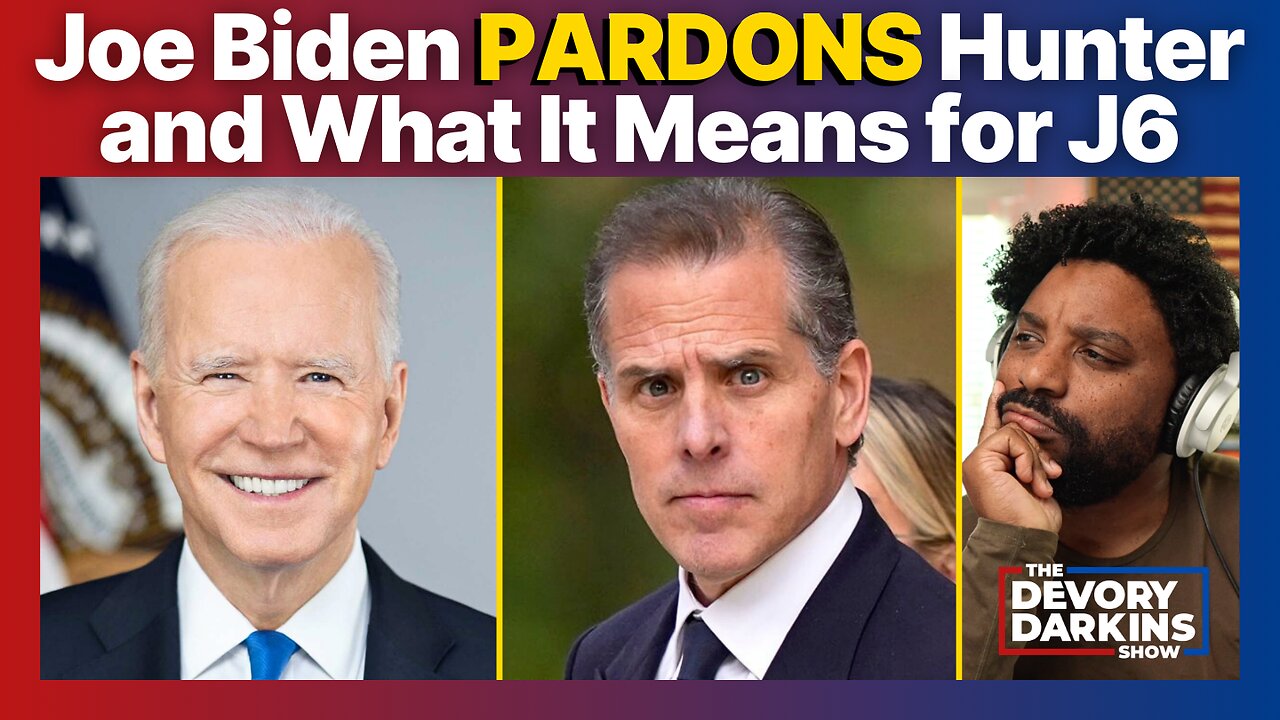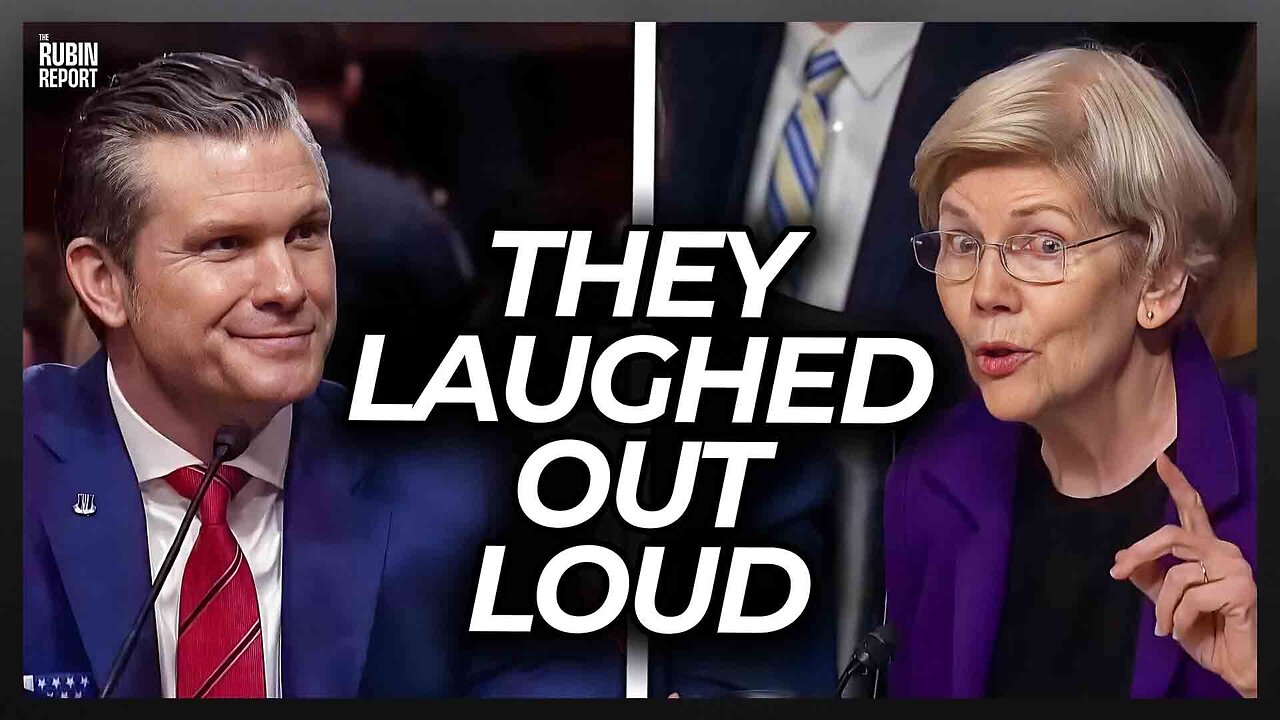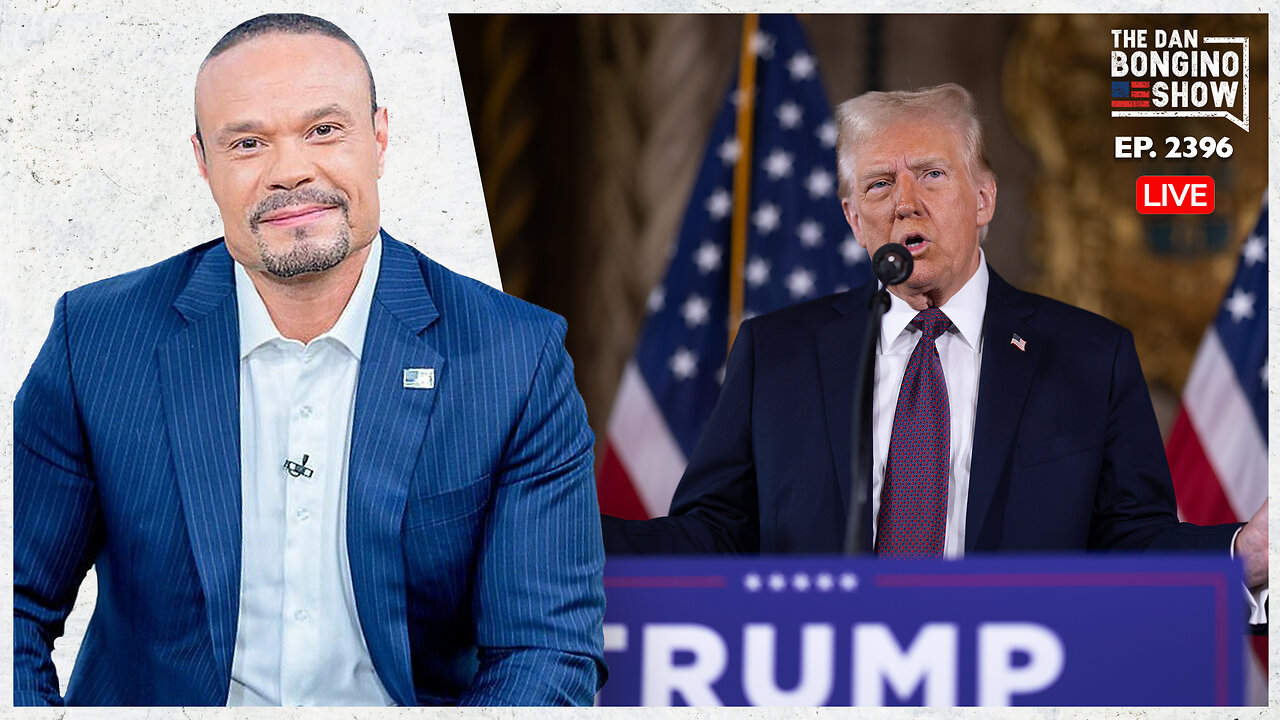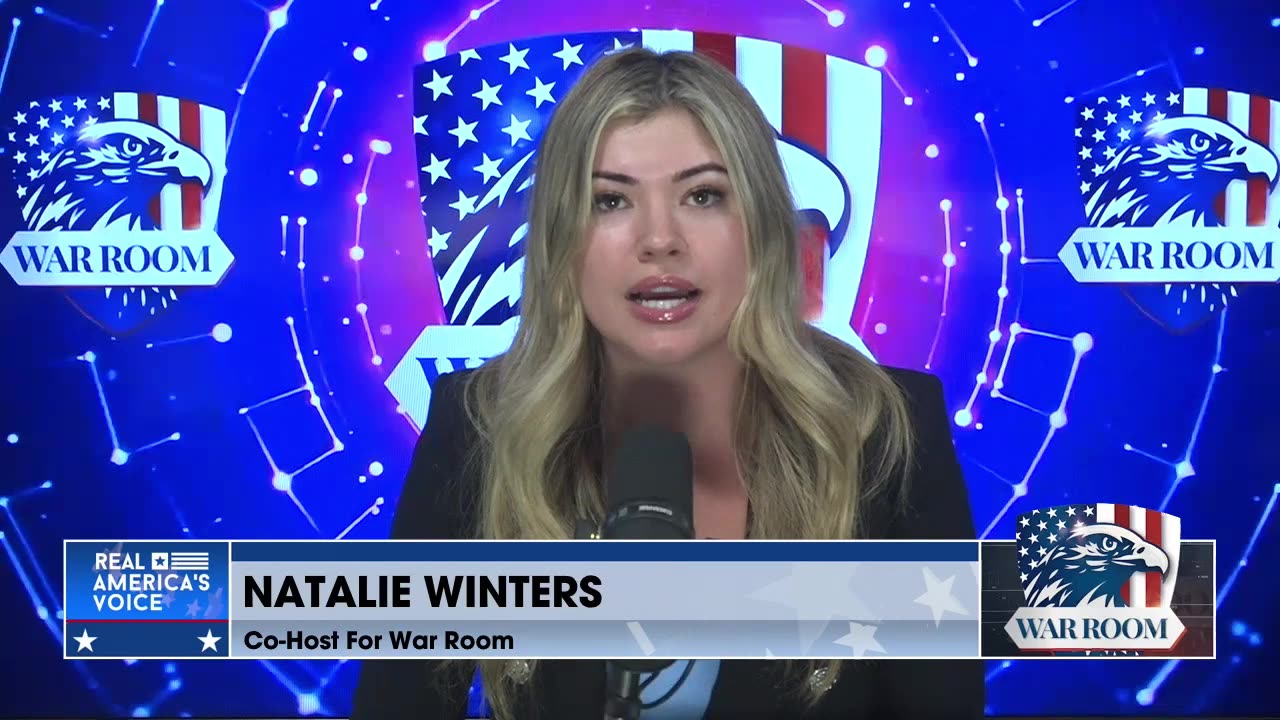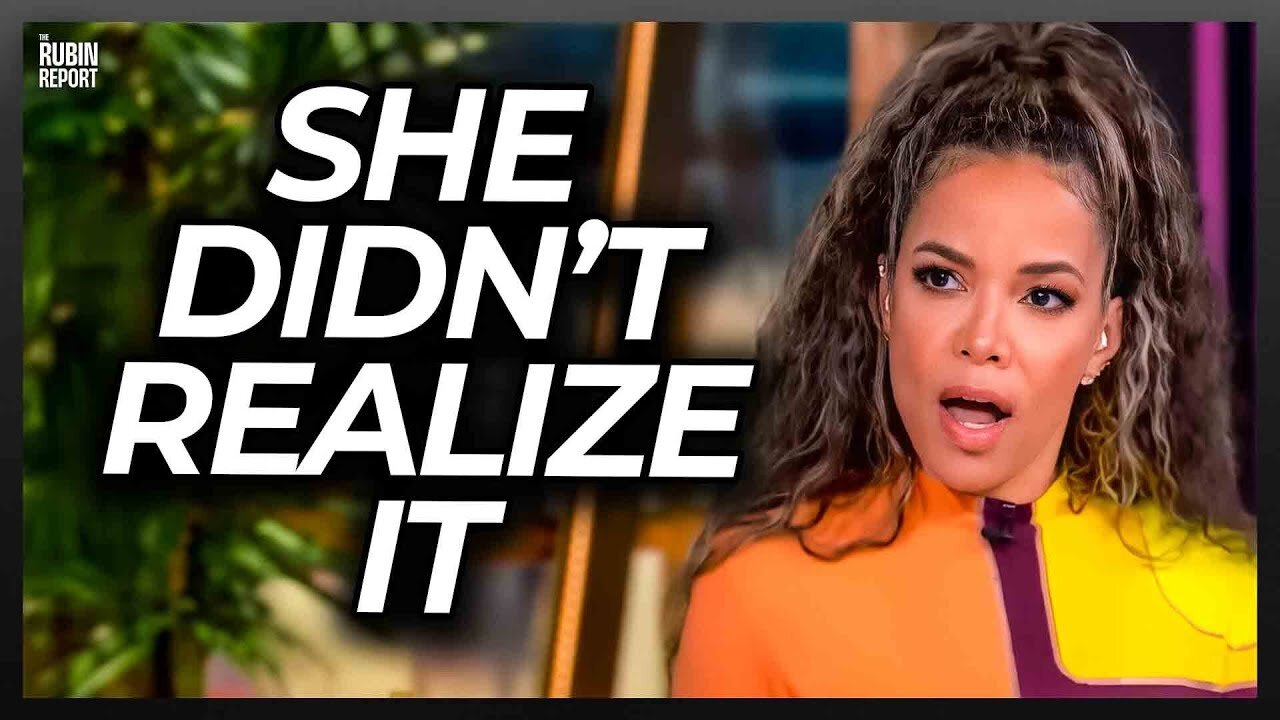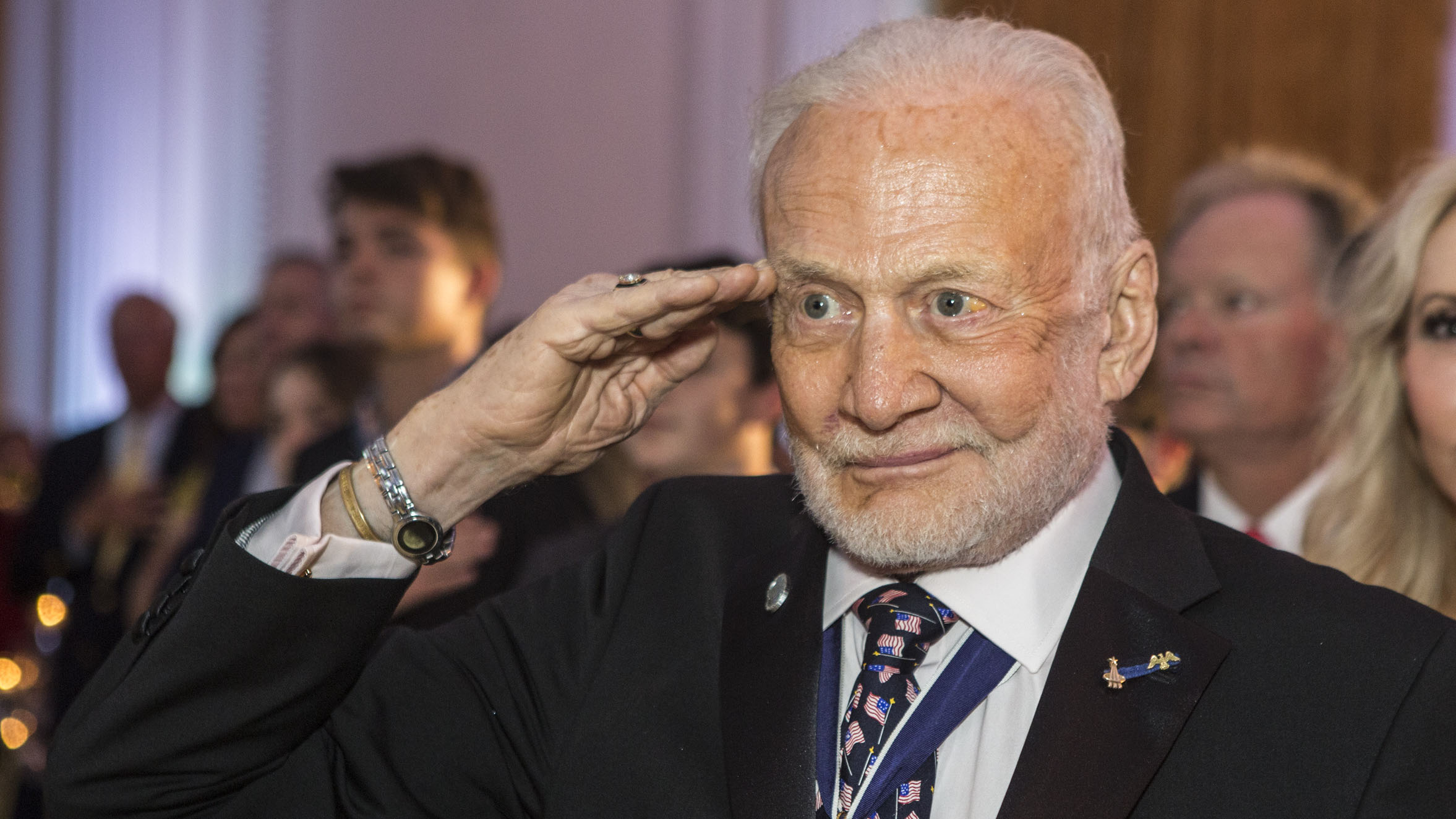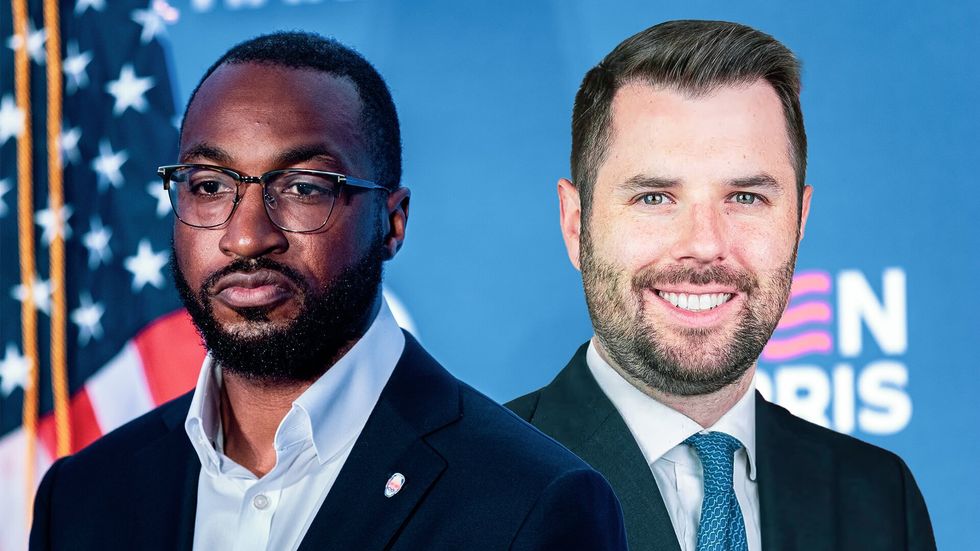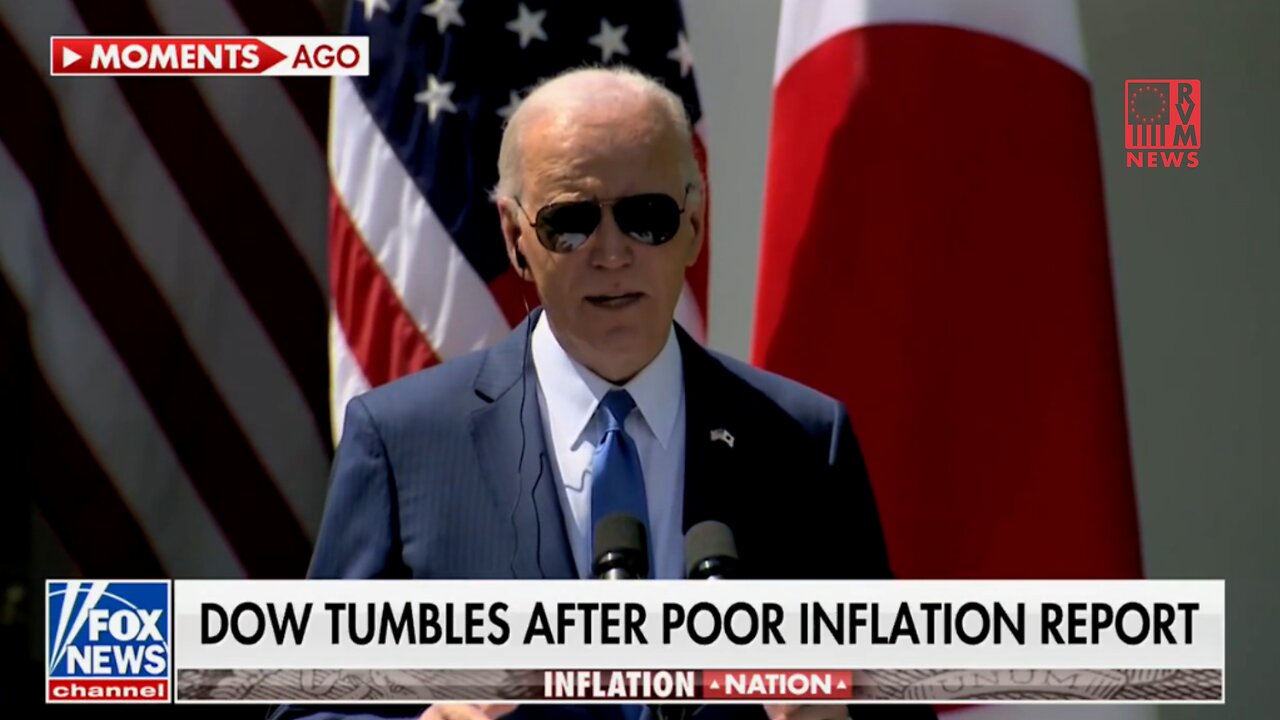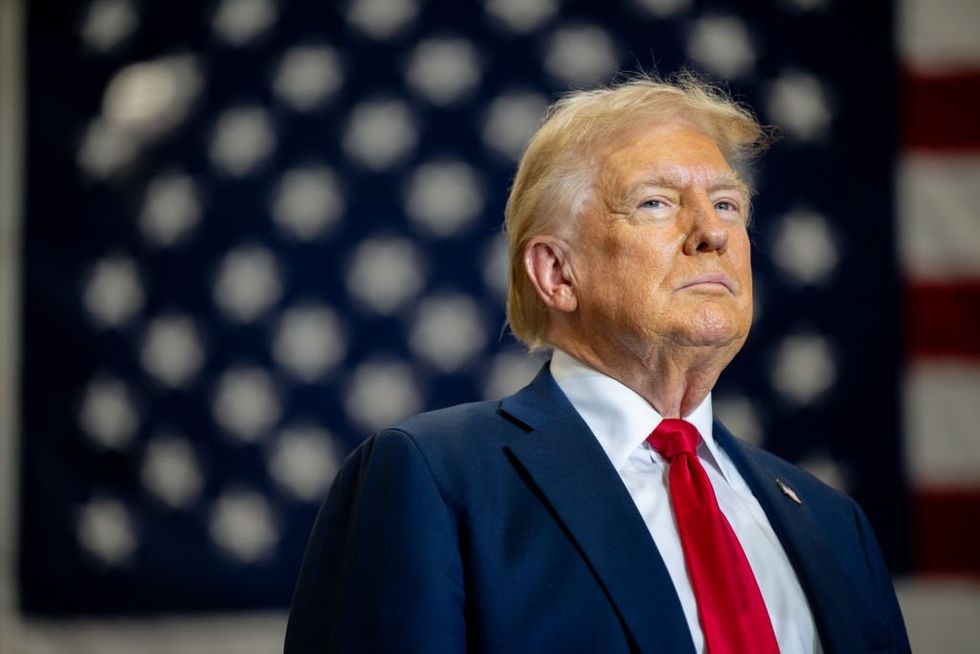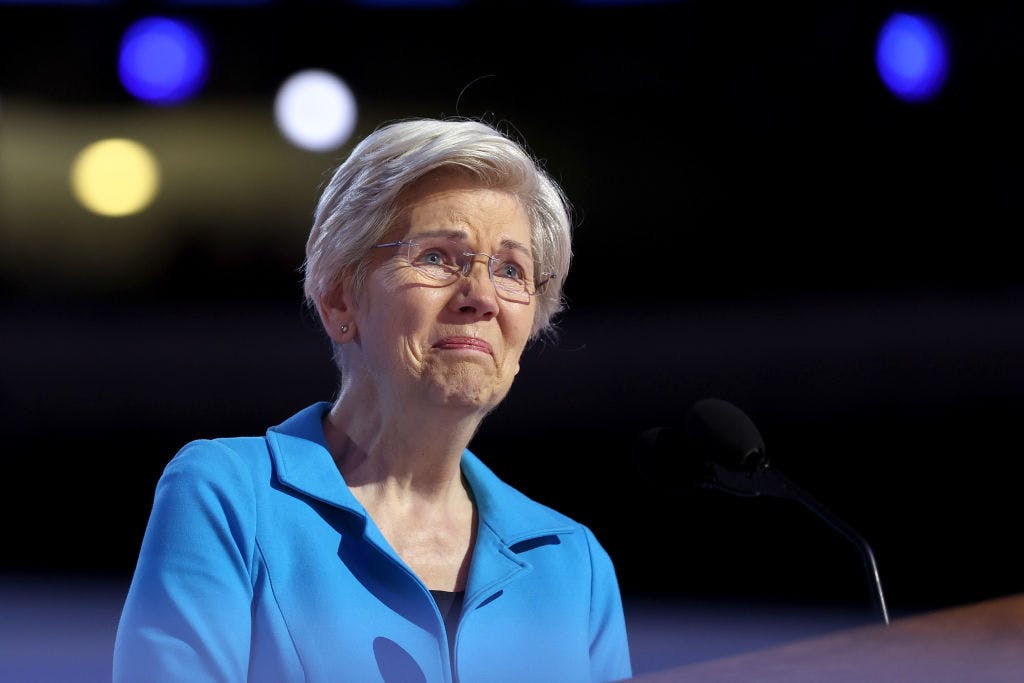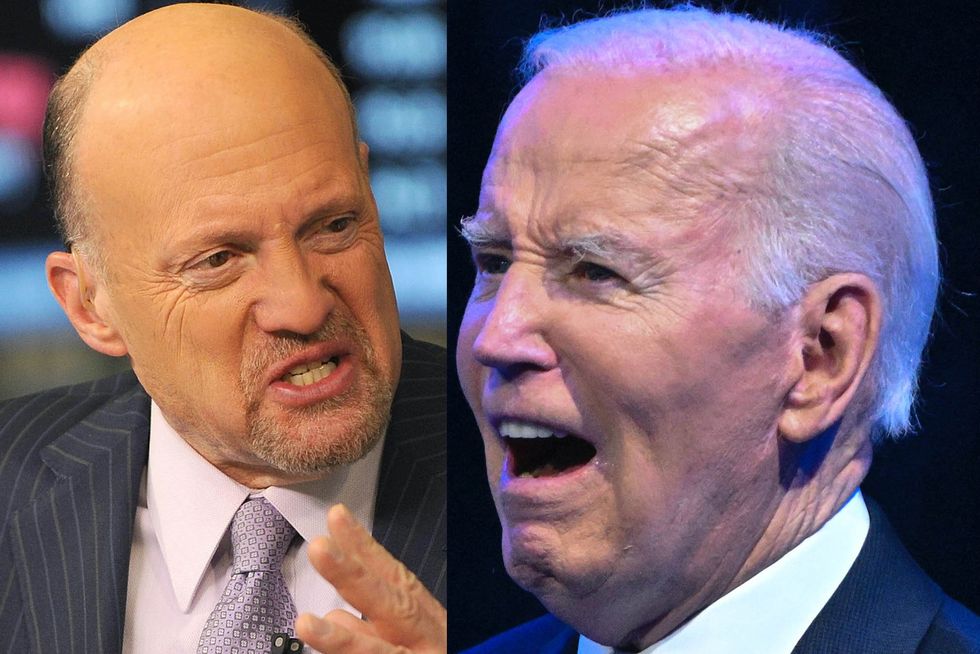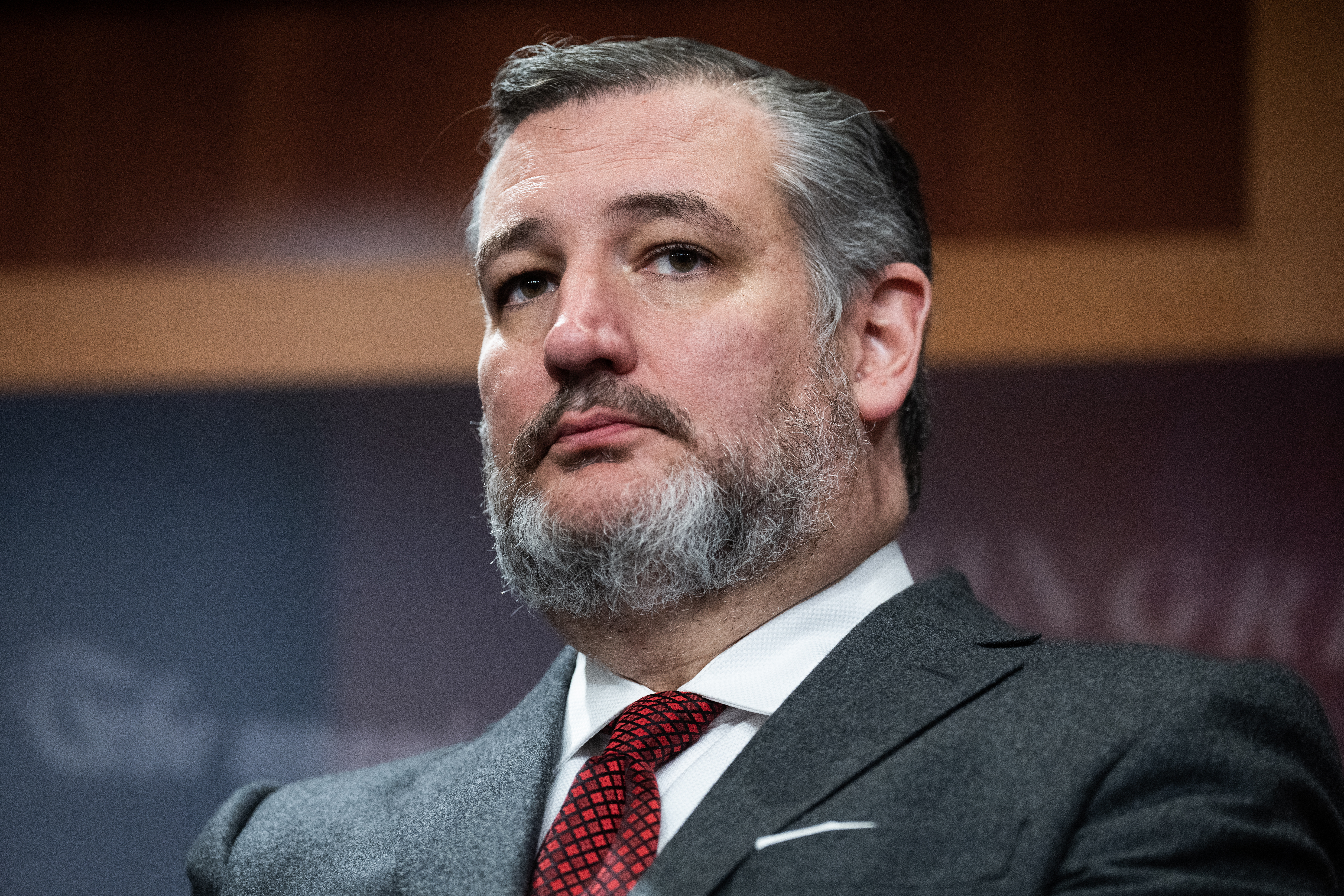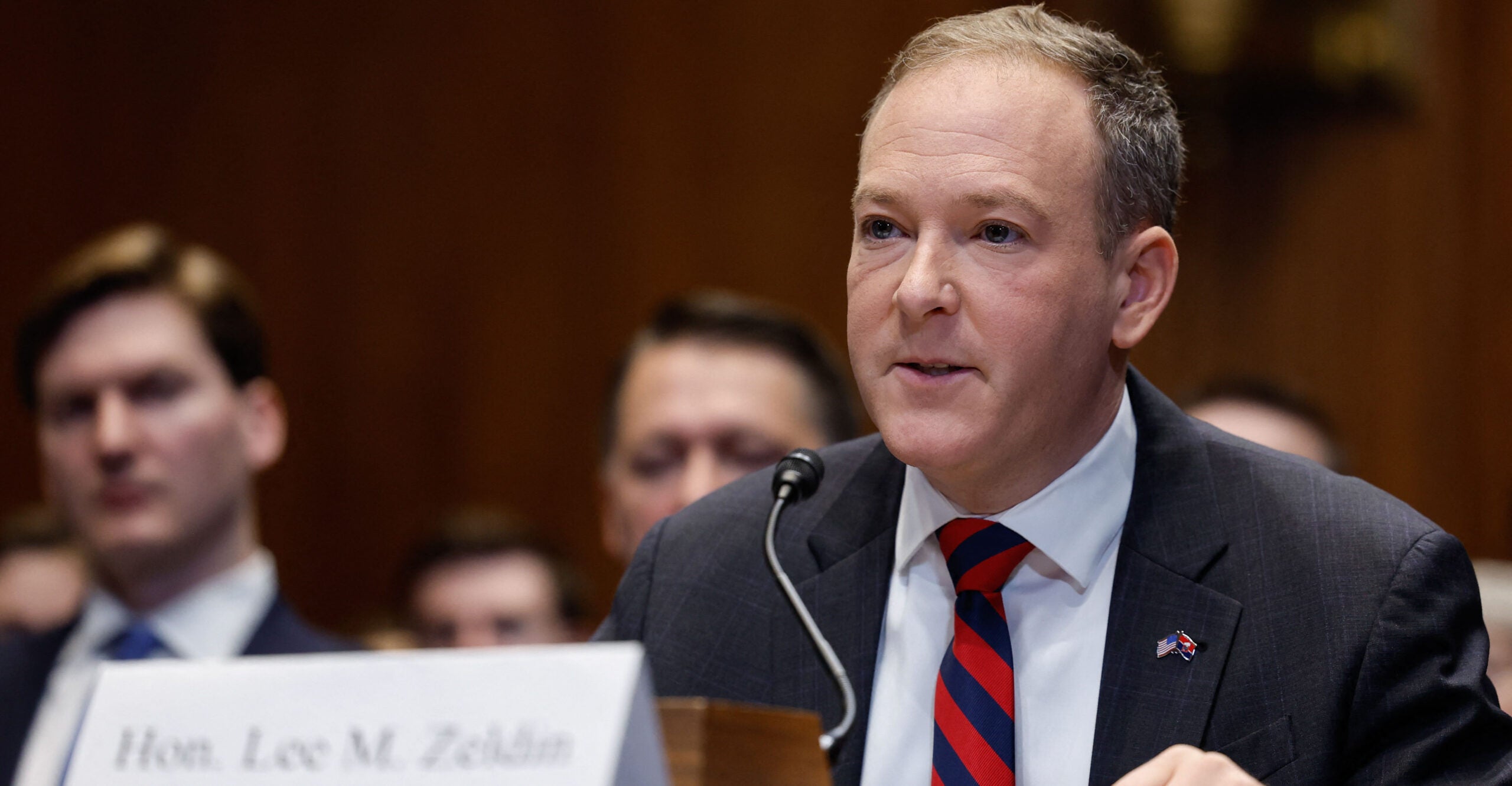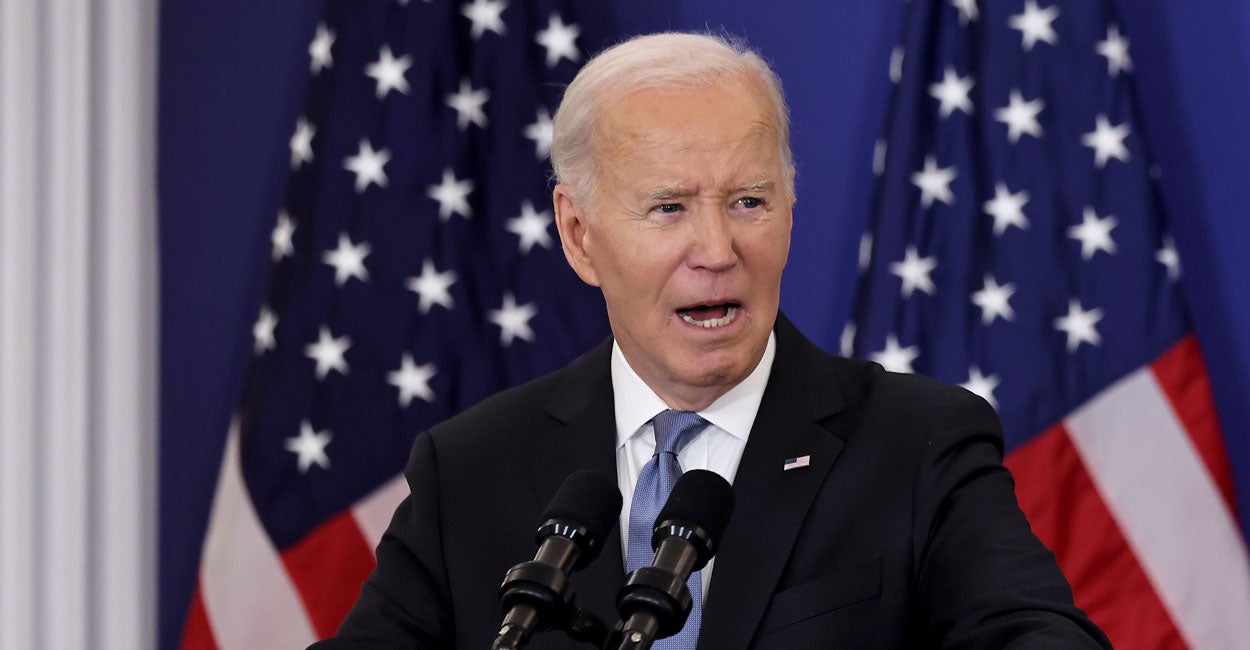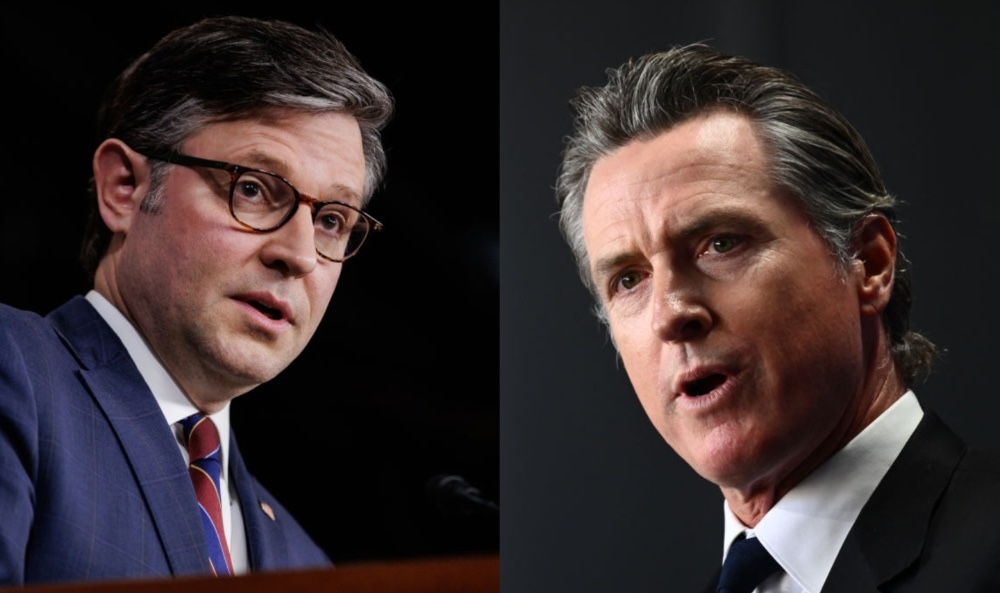Numbers don't lie: The WNBA owes Caitlin Clark big-time
Caitlin Clark’s rookie season with the Indiana Fever was unlike any other the WNBA has ever seen. Fans — many of whom had never seen a WNBA game before — came out in droves to support her as she became a household name. As Clark drummed up support from record numbers of ticket-holders, she drew a large number of flagrant fouls and consistent criticism from other coaches and players in the WNBA. Still, what Clark did for the league cannot be denied, and the numbers prove that number 22 was a monstrous needle-mover. From the outset, Clark became a traveling spectacle. She garnered a sold-out crowd in her pro debut against the Connecticut Sun at the Mohegan Sun Arena in Uncasville, Connecticut. In fact, when compared to the following home game, Clark sent ticket prices skyrocketing. The cheapest seats available for Clark’s debut were $74, compared to $13 for the next game, which did not feature Clark. This began what was known as the Caitlin Clark effect, and ticket prices soon reflected that. At the Barclays Center in Brooklyn, prices increased by 300% when Clark rolled into town, from $21 to $84. Seattle saw a 169% jump, while Las Vegas saw the most insane increase of all. The difference between prices at an Aces game before and after Clark was a whopping 2,200%: $92 versus just $4 to get into the building. Clark affected ticket prices so much in her first month that any game that showcased her skills averaged a minimum $74 ticket price. On average, teams charged just $21.80 for the next home game; that’s a league-wide increase of 241%. Attendance Increased tickets prices were caused by increased attendance, with Clark completely flipping the league upside down. By her second month, she was already doubling attendance at WNBA games. An analysis done after the first weekend of June showed that Clark played in two games with an average of 17,335 attendees. Seven other games were played that weekend without Clark, and those averaged just 7,009 fans. The Clark effect was so unstoppable that it eventually spread throughout the league like a fever. According to stats tracker Across the Timeline, attendance was affected across the board in terms of league averages, attendance highs, and season totals. In 2024, six teams averaged over 10,000 fans per game versus zero teams that accomplished that feat in 2023. Six teams averaged higher attendance in 2024 than the highest-selling team from 2023, as well. Some teams, like the Atlanta Dream, increased their average attendance by more than 1,700 fans per game. Additionally, only one WNBA team averaged fewer than 5,000 fans per game in 2024 versus four in 2023. In season totals, Clark’s Indiana Fever had monstrous attendance. The team quadrupled its total attendance, increasing from 81,336 in 2023 to 340,715 in 2024. This had a trickle-down effect, resulting in eight teams having a higher total season attendance than the No. 1 team did in 2023. Two more teams barely missed beating the top team from 2023, marking an amazing turnaround for the league in total turnout. In one of her many record-setting nights, Clark played in the most attended game in WNBA history against the Washington Mystics. The September 19 game drew in 20,711 audience members. In 2023, the most attended game was 17,406. Clark even broke that 2023 attendance record in June simply by existing. When Clark's Fever visited the Atlanta Dream, demand for the tickets was so high that the game was moved to Phillips Arena in Atlanta, home of the NBA's Atlanta Hawks. The Dream’s typical venue at the Gateway Center Arena in College Park, Georgia, has a capacity of only 3,500. This broke the Dream’s attendance record, shattering the team's inaugural game attendance of 11,609 in 2008, while simultaneously eclipsing the most attended WNBA game in 2023.Viewership Through the first weekend of June, WNBA games that featured Clark had an average of 1.099 million viewers. On the flip side, games without Clark averaged only 414,000 viewers. Clark had already played in the most watched WNBA game in 23 years by this point, which had 2.13 million viewers on ESPN2. She went on to eclipse that number four times throughout the season, breaking the single-game viewership record (2.45 million) held since Memorial Day 2001. Her record-setting game garnered 2.54 million viewers on September 25 for a playoff game against the Connecticut Sun. Showcasing how much Clark’s presence mattered for television viewers, ratings immediately dropped when the Fever were eliminated from the playoffs. The first game of the next playoff round featuring the New York Liberty and the Las Vegas Aces brought in just 929,000 viewers on September 29, despite it being a rematch of the 2023 WNBA Finals. Concurrently, the first game of the Minnesota Lynx and Connecticut Sun semifinal had about 650,000 viewers. Clark’s first playoff game beat out both of those games combined with an average viewership of 1.84 million.
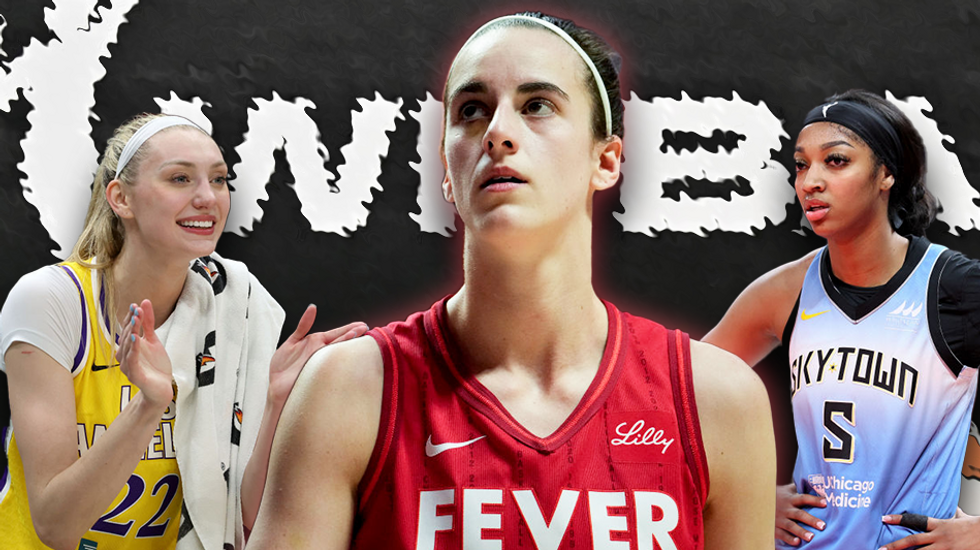

Caitlin Clark’s rookie season with the Indiana Fever was unlike any other the WNBA has ever seen. Fans — many of whom had never seen a WNBA game before — came out in droves to support her as she became a household name.
As Clark drummed up support from record numbers of ticket-holders, she drew a large number of flagrant fouls and consistent criticism from other coaches and players in the WNBA.
Still, what Clark did for the league cannot be denied, and the numbers prove that number 22 was a monstrous needle-mover.
From the outset, Clark became a traveling spectacle. She garnered a sold-out crowd in her pro debut against the Connecticut Sun at the Mohegan Sun Arena in Uncasville, Connecticut.
In fact, when compared to the following home game, Clark sent ticket prices skyrocketing. The cheapest seats available for Clark’s debut were $74, compared to $13 for the next game, which did not feature Clark.
This began what was known as the Caitlin Clark effect, and ticket prices soon reflected that.
At the Barclays Center in Brooklyn, prices increased by 300% when Clark rolled into town, from $21 to $84.
Seattle saw a 169% jump, while Las Vegas saw the most insane increase of all. The difference between prices at an Aces game before and after Clark was a whopping 2,200%: $92 versus just $4 to get into the building.
Clark affected ticket prices so much in her first month that any game that showcased her skills averaged a minimum $74 ticket price. On average, teams charged just $21.80 for the next home game; that’s a league-wide increase of 241%.
Attendance
Increased tickets prices were caused by increased attendance, with Clark completely flipping the league upside down.
By her second month, she was already doubling attendance at WNBA games. An analysis done after the first weekend of June showed that Clark played in two games with an average of 17,335 attendees. Seven other games were played that weekend without Clark, and those averaged just 7,009 fans.
The Clark effect was so unstoppable that it eventually spread throughout the league like a fever.
According to stats tracker Across the Timeline, attendance was affected across the board in terms of league averages, attendance highs, and season totals. In 2024, six teams averaged over 10,000 fans per game versus zero teams that accomplished that feat in 2023. Six teams averaged higher attendance in 2024 than the highest-selling team from 2023, as well. Some teams, like the Atlanta Dream, increased their average attendance by more than 1,700 fans per game. Additionally, only one WNBA team averaged fewer than 5,000 fans per game in 2024 versus four in 2023.
In season totals, Clark’s Indiana Fever had monstrous attendance. The team quadrupled its total attendance, increasing from 81,336 in 2023 to 340,715 in 2024. This had a trickle-down effect, resulting in eight teams having a higher total season attendance than the No. 1 team did in 2023. Two more teams barely missed beating the top team from 2023, marking an amazing turnaround for the league in total turnout.
In one of her many record-setting nights, Clark played in the most attended game in WNBA history against the Washington Mystics. The September 19 game drew in 20,711 audience members. In 2023, the most attended game was 17,406.
Clark even broke that 2023 attendance record in June simply by existing. When Clark's Fever visited the Atlanta Dream, demand for the tickets was so high that the game was moved to Phillips Arena in Atlanta, home of the NBA's Atlanta Hawks. The Dream’s typical venue at the Gateway Center Arena in College Park, Georgia, has a capacity of only 3,500. This broke the Dream’s attendance record, shattering the team's inaugural game attendance of 11,609 in 2008, while simultaneously eclipsing the most attended WNBA game in 2023.
Viewership
Through the first weekend of June, WNBA games that featured Clark had an average of 1.099 million viewers. On the flip side, games without Clark averaged only 414,000 viewers.
Clark had already played in the most watched WNBA game in 23 years by this point, which had 2.13 million viewers on ESPN2.
She went on to eclipse that number four times throughout the season, breaking the single-game viewership record (2.45 million) held since Memorial Day 2001.
Her record-setting game garnered 2.54 million viewers on September 25 for a playoff game against the Connecticut Sun.
Showcasing how much Clark’s presence mattered for television viewers, ratings immediately dropped when the Fever were eliminated from the playoffs.
The first game of the next playoff round featuring the New York Liberty and the Las Vegas Aces brought in just 929,000 viewers on September 29, despite it being a rematch of the 2023 WNBA Finals. Concurrently, the first game of the Minnesota Lynx and Connecticut Sun semifinal had about 650,000 viewers.
Clark’s first playoff game beat out both of those games combined with an average viewership of 1.84 million. In fact, the top 16 most viewed WNBA games of 2024 all featured Clark on the marquee; each of them had over 1.3 million viewers.
Only four games without Clark on the screen were able to break the million-viewer mark. Still, all WNBA cable affiliates saw massive growth in 2024 thanks to her popularity.
As ratings outlet Sportsnaut noted, broadcast partners likely had their collective minds blown over the numbers they averaged. ESPN had an average of 1.2 million viewers for WNBA games, a reported 170% increase over 2023 (454,000).
On the ION network, games had a 133% ratings increase over 2023, with seven broadcasts averaging over 1 million viewers.
The league’s 23 total games reached more than 1 million viewers in a season, also a record.
As for the playoffs, the Liberty-Aces playoff game was still the most watched WNBA semifinal in the last 22 years despite falling short of Clark’s first-round numbers.
The complaints
The 2024 NBA season not only made Clark a household name but elevated the status of many other players. Unfortunately, many of those players became known for negative reactions to their newfound stardom.
More viewership apparently came with more expectations from the athletes, as they quickly began demanding some of the same luxuries afforded to Clark and her record-setting team.
Upon the season’s start, Chicago Sky rookie Angel Reese complained to the internet about her team not having a luxury private jet. nReese posted a photo with text that said, "Just praying that this is one of the last commercial flights the Chicago Sky has to fly."
Then below, she wrote "practicing gratitude & patience as the league introduces charter flights for all teams."
Phoenix Mercury guard Sophie Cunningham vocalized her displeasure just a week later, stating that her team’s charter flight wasn’t big enough to fit all the players’ desired luggage.
"Our bags and some of our people can't fly with us because our charter is too small. While other teams get big planes. We want to talk about competitive advantage. Well, that's one right there."
The players appeared to have a belief in equity in their sport, despite Clark having millions in endorsements and her Indiana Fever increasing attendance and viewership at all her games.
This marketing disparity certainly took its toll on other players, who quickly began coming up with reasons for Clark’s popularity. Las Vegas Aces star A'ja Wilson remarked that Clark’s endorsements were largely due to her race, calling it a "huge" factor in her popularity.
"It really is because you can be top-notch at what you are as a black woman, but yet maybe that’s something that people don't want to see," Wilson theorized.
Wilson went on to claim that black women aren't seen as marketable and, despite what they may accomplish, are still ignored.
That theory was completely destroyed when Wilson was signed to a signature shoe deal by Nike. She also signed a deal with Gatorade the same week; she couldn’t claim they were reactionary moves, because the deals were signed before her interview was even published.
Los Angeles Sparks forward Cameron Brink took a different approach to the popularity issue, seemingly shooting herself in the foot weeks later. While attempting to claim that race was a factor in the popularity of WNBA players, Brink inadvertently called her teammates too ugly to be marketed.
"I will acknowledge there's a privilege for the younger white players of the league. That's not always true, but there is a privilege that we have inherently, and the privilege of appearing feminine. Some of my teammates are more masculine," Brink claimed. "Some of my teammates go by they/them pronouns," she stumbled.
The 6’4" player then blamed herself for dressing "femininely" and said that other players should be popular despite appearing manlier.
"I want to bring more acceptance to [masculine women, pronoun users] and not just have people support us because of the way that we look. I know I can feed into that because I like to dress femininely, but that's just me. I want everyone to be accepted — not just paid attention to because of how they look."
The future
There’s no denying that Clark has opened many doors for her colleagues. Whether it’s through pure attention or luxuries that her teammates enjoy, she has elevated the league’s status significantly.
For example, the Las Vegas Aces players were awarded $100,000 sponsorships for seemingly no reason. The team has several popular players — nowhere near as popular as Clark — and finished fourth in the standings. However, the city of Las Vegas saw it fit to award the women with sponsorship deals void of any real requirements.
The terms of the deal put forth by the city were simple: "Just play" and "rep Vegas."
The players laughed their way to $200,000 over two years. This simply wouldn’t have been possible without Clark; nor would the privilege exist to balk at press opportunities. Before Clark, it would have been unheard for WNBA players to purposely avoid media scrums, but that’s exactly what happened in 2024.
WNBA players became so popular that the league changed media availability rules to allow teams to exempt players in certain situations. This was likely seen as a way to keep players like Chicago’s Reese from digging herself too many holes, as she was immediately exempted by her team upon the rule’s inception. Reese was fined in early June for breaking media availability rules.
The name of the game for the WNBA moving forward will have to be managing these personalities. Despite the massive increase in popularity, the league's players and coaches have a huge issue with how they speak about Clark.
WNBA owner Renee Montgomery has called Clark’s fans racist and sexist, while others players have called them overly "sensitive."
Reporters on the inside have taken issue with fans wearing MAGA hats, claiming their presence makes them feel "unsafe" while saying they were "racist" for heckling other players about press-on nails.
With a culture of pushing away new fans, the WNBA managed to turn a monumental year into a $50 million loss, which is five times more than the league typically loses despite being subsidized by the NBA.
Even with all the apparent success, it doesn't seem like the league can be pushed into the black simply through the existence of Clark, while removing gigantic expenses like private planes seems like a move the league wouldn’t dare make.
The WNBA’s best bet is to remind its players that minor league baseball teams, which are actually profitable, are getting paid less — and riding the bus.
Originally Published at Daily Wire, World Net Daily, or The Blaze
What's Your Reaction?
















